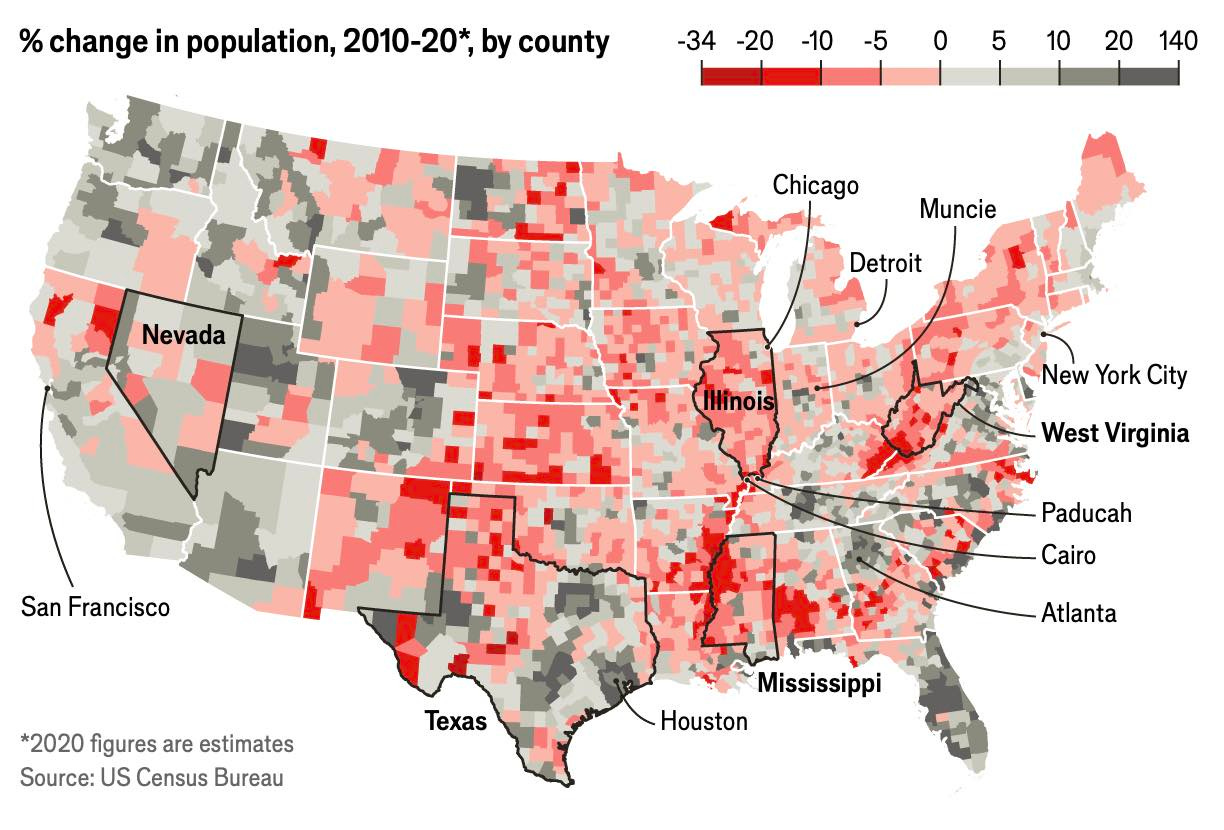
By KELLI DEETER
I was intrigued by Daniel Stone’s piece on THCB in May titled “Biden’s cancer diagnosis as a teaching moment”. In my practice as a board-certified nurse practitioner, I am frequently asked about prostate specific antigen (PSA) testing by my male patients.
Nursing practice and medical practice often get blurred or lumped together. In the state of Colorado, nurse practitioners practice under their own license, and can independently diagnose and treat patients. In some settings where I have worked, I found myself frequently correcting patients who refer to me as ‘doctor’. “I am not a medical doctor, I am a nurse practitioner,” is repeated by me multiples of times per day. In this discussion of PSA testing, I want to share my decisions to order or not to order PSA testing for individuals, based on my nursing training.
It is important to refer to the guidelines for PSA testing recommended by the US Preventive Services Task Force (USPSTF), and published by the Journal of the American Medical Association (JAMA). The last updates made to the guidelines were in 2018. It is key to remember that these are guidelines, and that medical doctors, physician assistants, and nurse practitioners use these guidelines in their consideration of the patient. In nursing, a holistic and team approach with the patient’s preferences, history, cultural considerations, and desired outcome are all weighted in decision making for assessment, testing, referral, and treatment. Guidelines are just that, a GUIDE, not an absolute.
Guidelines state that for patients aged 55-69: Screening offers a small potential benefit of reducing the chance of death from prostate cancer in some men. However, many men will experience potential harms of screening, including false-positive results that require additional testing and possible prostate biopsy; overdiagnosis and overtreatment; and treatment complications, such as incontinence and erectile dysfunction… Clinicians should not screen men who do not express a preference for screening. And for patients aged 70 and older: The USPSTF recommends against PSA-based screening for prostate cancer. This does not mean that we as providers should not test men younger than 55 or older than 70. We need to look at each patient case independently of one another and not lump everyone together.
Additionally, patients may not know how to “express a preference for screening”. It is imperative that providers have the allotted time to explore their family history of prostate and other cancers, explain to them the benefits and risks of testing, listen to and discuss their signs and symptoms, perform a digital rectal exam (DRE) if appropriate and agreed on by the patient, take into consideration their medication regimen and their age, as well as if they would want treatment or not. Certainly, if they are symptomatic, and a new medication for their symptoms is being prescribed, or if they are symptomatic and a DRE is obtained that is abnormal, a PSA should be obtained with the patient’s approval to establish a baseline, and a follow-up appointment made with repeat labs or referral, if desired by the patient. If there is a family history of prostate cancer, an early PSA screening test to establish a baseline might be preferable. Again, patient preferences must be taken into account.
People have very different feelings about western medicine and about what they want for themselves and their bodies. We must realize that just because someone has an ever increasing PSA with or without symptoms, they may not agree to a DRE or to referral to urology, surgery, or oncology. As a provider, we should obtain a refusal of recommended care. It is ok to not want testing, follow-up, or treatment, no matter one’s age. In Biden’s case, there had been no PSA testing since 2014, during his vice presidency. The fact that no reason was given is irrelevant, in 2014 he was 72 years old. Guidelines are not to test starting at age 70. The PSA level if drawn may not have aƯected his health outcome or treatment, but it may have affected the outcome of his nomination for the presidency, thus politicizing nursing and medical practice. Pointing fingers now at the past changes nothing. I agree with Stone, that this is a teaching moment: advocate for yourself as a patient, advocate for your patient as a provider, and consider that so much of one’s health is a personal choice and that it should be honored and protected.
I agree with Peter Attia’s contention in his May 24, 2024, A timely though tragic lesson on prostate cancer screening, that the PSA screening guidelines are out of date; the last revision was in 2018. Attia indicates many men remain healthy and live well past the age of 80, and aggressive cancers if caught early and treated, will better benefit the patient’s quality of life and length of life. I would also argue this is true of screening earlier in life, at age 50. Access to health care is an issue for many in our society. Marginalized populations such as the indigent, homeless, geriatric, mentally ill, and incarcerated experience greater disparities, and have a higher risk of missing any PSA testing at all. In my work as a nurse practitioner in the correctional system, for individuals entering jails and prisons this is often the first time they have ever seen a healthcare provider. These individuals often have a history of indigence, homelessness, and/or mental illness. Additionally, new cancer diagnoses are increasing and for men; 29% of new cancer types are prostate.
Age 50 is a milestone for most individuals, and they know they are supposed to get screening for colorectal cancer at this age as well as other screening tests. Consolidating care by capturing a PSA at this same time would establish an early baseline; there is never a guarantee that a patient with healthcare access issues will ever return for another appointment, due to finances, transportation, fear, or other factors. Another consideration for revising the PSA screening guidelines is lowering the threshold for PSA levels based on patient age that drive referral to urology for imaging, and putting simple language into the guidelines to look at a two-fold increase in PSA over 6-12 weeks as likely urgent referral to urology. Initiating early watchful waiting with PSA screening has the potential for saving more lives and maintaining desired qualities of life.
Kelli Deeter is a board-certified family nurse practitioner with 12 years of experience in geriatrics, rehabilitation, correction, women’s health, mental health, and complex chronic care.
















